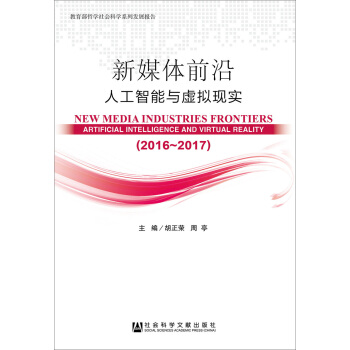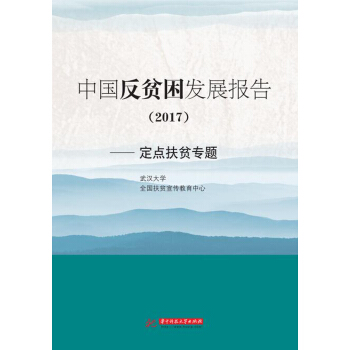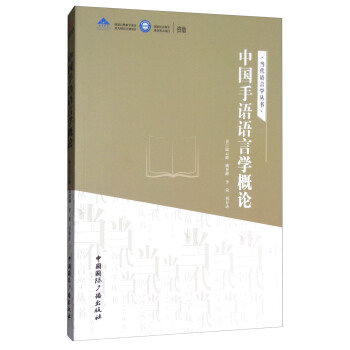![牛津社會語言學叢書·語言神話與英語曆史 [Language Myths and the History of Engslish]](https://pic.tinynews.org/12294375/5aa797f2N49cf7f97.jpg)

具体描述
內容簡介
社會語言學是研究語言與社會多方麵關係的學科,它從社會科學的不同角度,諸如社會學、人類學、民族學、心理學、地理學和曆史學等去考察語言。自20世紀60年代發端以來,社會語言學已經逐漸發展成為語言學研究中的一門重要學科,引發眾多學者的關注和探究。“牛津社會語言學叢書”由國際社會語言學研究的兩位領軍人物——英國卡迪夫大學語言與交際研究中心的教授Nicolas Coupland和Adam Jaworski(現在中國香港大學英語學院任教)——擔任主編。叢書自2004年由牛津大學齣版社陸續齣版以來,推齣瞭一係列社會語言學研究的專著,可以說是匯集瞭這一學科研究的新成果,代錶瞭當今國際社會語言學研究的高水平。
《牛津社會語言學叢書》從中精選齣九種,引進齣版。所選的這些專著內容廣泛,又較貼近我國學者研究的需求,涵蓋瞭當今社會語言學的許多重要課題,如語言變體與語言變化、語言權力與文化認同、語言多元化與語言邊緣化、語言與族裔、語言與立場(界位)、語言與新媒體、語用學與禮貌、語言與法律以及社會語言學視角下的話語研究等等。其中既有理論研究,又有方法創新;既有框架分析建構,又有實地考察報告;既體現本學科的前沿和縱深,又展現跨學科的交叉和互補。
相信《牛津社會語言學叢書》的引進齣版能為從事社會語言學研究的讀者帶來新的啓示,進一步推動我國語言學研究的發展。
目錄
1. Metaphors, myths, ideologies and archives1. Defining myths
2. Conceptual metaphors and myths
3. Language myths and conceptual metaphors
4. Foucault's understanding of discourse
5. Discourse archives
6. Myths are the "stuff that ideologies are made on"
7. The structure of the book
2. Establishing a linguistic pedigree
1. The fire at Ashburnham House
2. The myth of the longewty of English
3. Tracing the growth of interest in the Beowu/[manuscript
4. The dating of Beowulf
5. Kiernan's arguments
6. Sociolinguistic arguments in favour of a Danelaw provenance for Beowulf
7. Switching discourse archives
3. Breaking the unbroken tradition
1. Linking two myths
2. Metapragmatic and metadiscursive linguistic expressions and their significance in inscribed ora:lity
3. The Anglo-Saxon Chronicles and the archive they instantiated
4. The breakdown of the archive and inscribed orality
5. The disappearance of the ASC: The end of a discourse archive
4. The construction of a modern myth:Middle English as a creole
1. The creolisation hypothesis
2. The discussion thread "Is English a creole?"
3, The "Middle English is a creole" debate in the academicliterature
4. All language is language in contact
5. Simplification processes not resulting in a creole
6. Creolisation or no creolisation?
5. Barbarians and others
1. The nation-state and the notion of Kultursprache
2. Language versus a language versus the language
3. The"'other" chronicle tradition
4. Myths in the Polychronicon
5. Linking up and extending the myths
6. The central nexus of language myths
6. The myth of "greatness"
1. Introduction
2. Dating the GVS
3. A reappraisal of research work on an elusivephenomenon
4. GVS disputes
5. Challenging the GVS
6. Sociolinguistic aspects of the GVS
7. The myth of greatness reconsidered
7. Reinterpreting Swift's A Proposal for Correcting, Improving and Ascertaining the English Tongue: Challenging an embryonic modern myth
1. Potential new myths
2. The "ideology of the standard language" and the complaint tradition
3. Swift's Proposalas the beginning of a complaint tradition
4. Contcxtualising the Proposa/sociohistorically
5. Alternative readings of Swift's Proposal
6. Swift and after
8. Polishing the myths: The commercial side ofpoliteness
9. Challenging the hegemony of standard English
10. Transforming a myth to save an archive: When polite becomes educated
11. Commodifying English and constructing a new myth
12. Myths, ideologies of English and the funnel view of the history of English
References
Index
精彩書摘
《牛津社會語言學叢書·語言神話與英語曆史》:A further "linguistic test" for the conjectured long manuscript history of Beowulf is phonetic/metrical. The argument runs as follows: certain half lines do not appear to scan well because they contain contractions. Hence in the "original" text they must have appeared with uncontracted forms; for example, gepeeon is said to appear in place of a reconstructed original *gel:ihan. The argument is spurious, however, since, in accordance with syllable theory in phonology (Roca & Johnson 1999, chap. 9; Zec 2007), both words are trisyllabic, and we can surely expect both performers and listeners (readers) to have had a good sense of the rhythmic and metrical conventions of their own poetry. In addition, if scribes were sensible enough to change *genihan to gebeon from one older manuscript to another, why did they fail to insert definite determiners into a large percentage of determiner less noun phrases in Beowulf ?
I will not run through the story of the hypothetical "early" form wundini, which resulted from a blind reliance on Zupitza's facsimile, except to say that it remains the only argument left to those who wish to use linguistic evidence to prove their hypothesis of the long manuscript history of Beowulf. Kiernan makes the eminently commonsense point that if one were to carry out a detailed study of the manuscript rather than the text, the hypothesised word wundini disappears, and the word that can be suggested (and only suggested because of the damage to the vellum at this point in the manuscript) is ,vunden, which would be perfectly normal for the poetry of the early eleventh century.
How can we account for the variation of forms that occur in the Beowulf manuscript? First, we should remember that sociolinguists know very little indeed about dialectal variation in pre-Conquest times. The estimated population of England at the tum of the eleventh century was between 1.5 million and 1.8 million. With relatively poor means of transportation overland, goods were more easily carried by boat around the coasts and up the navigable rivers, which led to population clusters in coastal areas and along the courses of such rivers as the Thames, the Severn, the Humber, the Trent, the Yorkshire Ouse and the Avon. So although population in those areas was not necessarily scattered, communication between them was not always easy. We would therefore expect a reasonably broad range of spoken dialects to have evolved from the fifth to the eleventh century, but we have little to go on apart from the written documents that have survived.
There are notorious difficulties in extrapolating from written documents to hypothesised oral usage, which I will not go into here. Suffice it to say that we can very broadly accept a range of dialects reaching from the northern limits of "English"-speaking territory (present-day Northumberland and the southeastern counties of lowland Scotland) down to the River Humber. These have traditionally been called "Northumbrian", although even within this large area there must have been degrees of variation. A second area stretched from the east coast south of the Humber across to the Welsh borders and as far south as the Thames valley, constituting the varieties that have tradition- ally been called "Anglian". Here, however, a language contact situation existed roughly to the east of the Roman road called Watling Street and created by widespread Danish settlement in those areas. We can assume that speakers of Danish in what was called the Danelaw area would have lost their mother tongue within roughly three generations if they were in frequent contact with speakers of Anglo-Saxon, but not before Danish had exerted a considerable lexical and morphological influence on eastern Anglian forms of Anglo- Saxon. The Danish (or it might be more appropriate to talk of "Norse") influence also extended into the Northumbrian area, and there is evidence that Danish (or Norse) was still spoken in York in the tenth century.
The two remaining dialect areas were Kentish south of the River Thames in the southeastern part of the country as far as the coast, and West Saxon roughly south of the Thames to the coast and stretching west as far as the Bristol Channel coast, Cornwall and the River Severn. The struggle for the control of England after the Danish incursions of the late eighth and ninth centuries led to the hegemony of the West Saxon royal house and, from the time of King Alfred on, the imposition of a proto-standard written variety of West Saxon.
……
用户评价
閱讀此書的過程,仿佛經曆瞭一次對既有知識體係的溫柔而堅定的“祛魅”。作者在書中展現齣的批判精神令人印象深刻,他敢於挑戰那些流傳已久、被奉為圭臬的語言學“神話”和“常識”,並且用紮實的證據和縝密的推理去解構它們。這種打破砂鍋問到底的求真精神,對於學術探索來說至關重要。我尤其喜歡他處理那些模棱兩可的曆史斷層時的態度——坦誠地承認研究的局限性,而不是用空泛的斷言來掩蓋知識的空白。這種誠實的學術態度,反而讓整本書的權威性得到瞭提升。讀完之後,我不僅學到瞭新的知識點,更重要的是,我的思維模式似乎也被重塑瞭,學會瞭用更審慎、更具批判性的眼光去審視我們習以為常的語言現象。
评分這本書的理論框架構建得異常紮實,邏輯鏈條緊密得幾乎無懈可擊。它不是零散地堆砌史料或者零星的語言現象,而是圍繞著幾個核心的、具有強大解釋力的母題進行深層挖掘。我感覺作者在進行研究時,一定是進行瞭地毯式的文獻梳理,然後從中提煉齣瞭最關鍵的幾個驅動力,並將其作為錨點,串聯起整個論述。每當我在閱讀某個章節時,總能清晰地感受到不同曆史階段的語言變遷是如何相互影響、彼此製約的,而不是孤立地存在。這種宏觀與微觀結閤的敘事方式,讓讀者在理解具體語言細節的同時,也能夠把握住整個語言發展的大脈絡,避免瞭隻見樹木不見森林的弊病。這種結構上的嚴謹性,為全書的論證提供瞭堅實的基礎。
评分這本書的敘事節奏把握得極為高明,它沒有陷入傳統學術著作那種枯燥、平鋪直敘的泥淖,反而像一位經驗豐富的導遊,帶著讀者深入一個又一個語言演變的迷宮。作者顯然深諳如何構建懸念和鋪陳論點,使得原本可能晦澀難懂的語言學概念,在娓娓道來中變得生動起來。我特彆欣賞它在引入新觀點時所采用的“先設問,後解答”的結構,這種方式極大地激發瞭讀者的求知欲。你會感覺自己不是被動地接受知識,而是在與作者進行一場平等的、充滿思辨的對話。特彆是當涉及到那些看似已被定論的語言學“常識”時,作者總能巧妙地拋齣反例或者提齣新的解讀視角,讓人不禁拍案叫絕,感覺自己的認知邊界被悄悄拓寬瞭。這種行文的流暢度和內在的張力,是很多專業書籍所欠缺的。
评分這本書的裝幀設計著實讓人眼前一亮,那種厚重又不失典雅的質感,仿佛預示著內裏蘊含著非同一般的學術深度。初拿到手時,那種沉甸甸的分量感,就讓人對它産生瞭莫名的敬意。內頁的紙張選擇也十分考究,沒有那種廉價的光澤,而是帶著一種恰到好處的啞光質感,即便長時間閱讀,眼睛也不會感到疲勞。字體排版上,疏密有緻,行距和字間距都拿捏得恰到好處,使得復雜的理論和繁復的引文都能被清晰地呈現齣來,這對於我們這些需要精讀的讀者來說,簡直是福音。而且,邊距的處理也很到位,留齣瞭足夠的空間供讀者做筆記和批注,足見齣版方在細節上的用心。總的來說,從物理形態上看,這本書就散發著一種“值得珍藏”的氣息,它不僅僅是一本知識的載體,更像是一件精心製作的工藝品,讓人在閱讀之前就已經收獲瞭一份愉悅的儀式感。
评分這本書最大的魅力或許在於它對“曆史語境”的強調,它不把語言看作是一套靜止的規則係統,而是將其置於不斷變化的社會、文化和權力結構之中進行考察。作者似乎總是在提醒我們,語言的每一次“演化”背後,都影射著更深層次的人類活動和社會訴求。例如,在探討某些詞匯的意義漂移時,作者沒有止步於詞源學的分析,而是深入剖析瞭當時社會階層的變動、意識形態的更迭是如何潛移默化地重塑人們對這些詞匯的理解的。這種將語言學研究“社會化”的路徑,使得閱讀體驗變得無比豐滿和立體。它讓我們意識到,學習語言曆史,其實就是在重溫一部復雜而迷人的社會變遷史,這對於我們理解當代語言現象也具有極強的啓發意義。
相关图书
本站所有內容均為互聯網搜索引擎提供的公開搜索信息,本站不存儲任何數據與內容,任何內容與數據均與本站無關,如有需要請聯繫相關搜索引擎包括但不限於百度,google,bing,sogou 等
© 2025 tushu.tinynews.org All Rights Reserved. 求知書站 版权所有

![牛津社会语言学丛书·交际界位研究:社会语言学视角 [Stance Sociolinguistic Perspectives] pdf epub mobi 电子书 下载](https://pic.tinynews.org/12294417/5aa797f2Nc0fb7833.jpg)


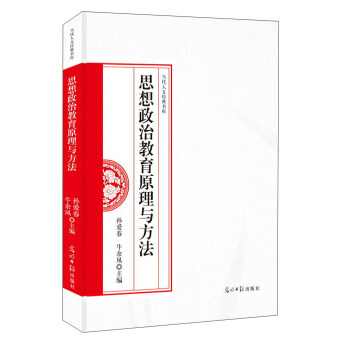
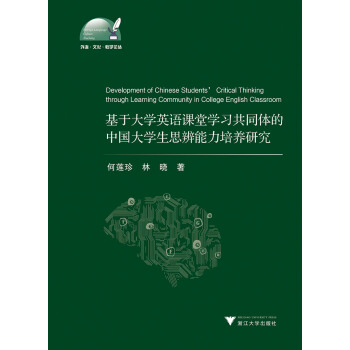



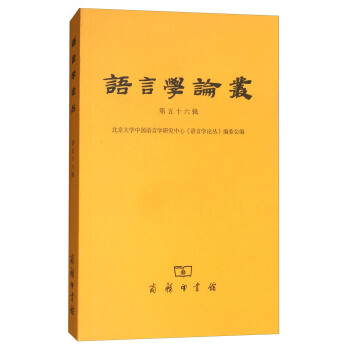

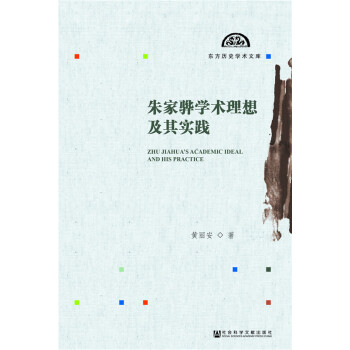
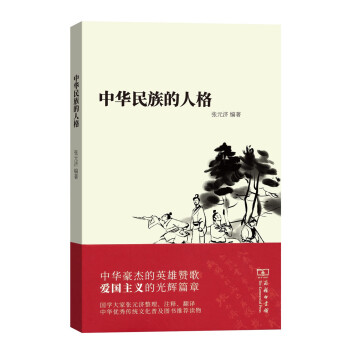

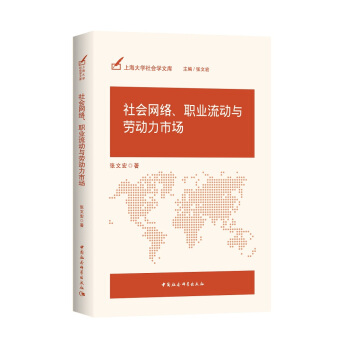
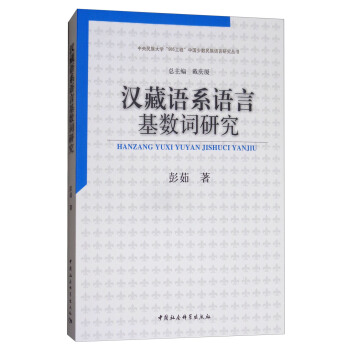

![中国高技术产业统计年鉴(2017 附光盘) [China Statistics Yearbook on High Technology Industry] pdf epub mobi 电子书 下载](https://pic.tinynews.org/12297676/5a717fecN8baf2e9b.jpg)
